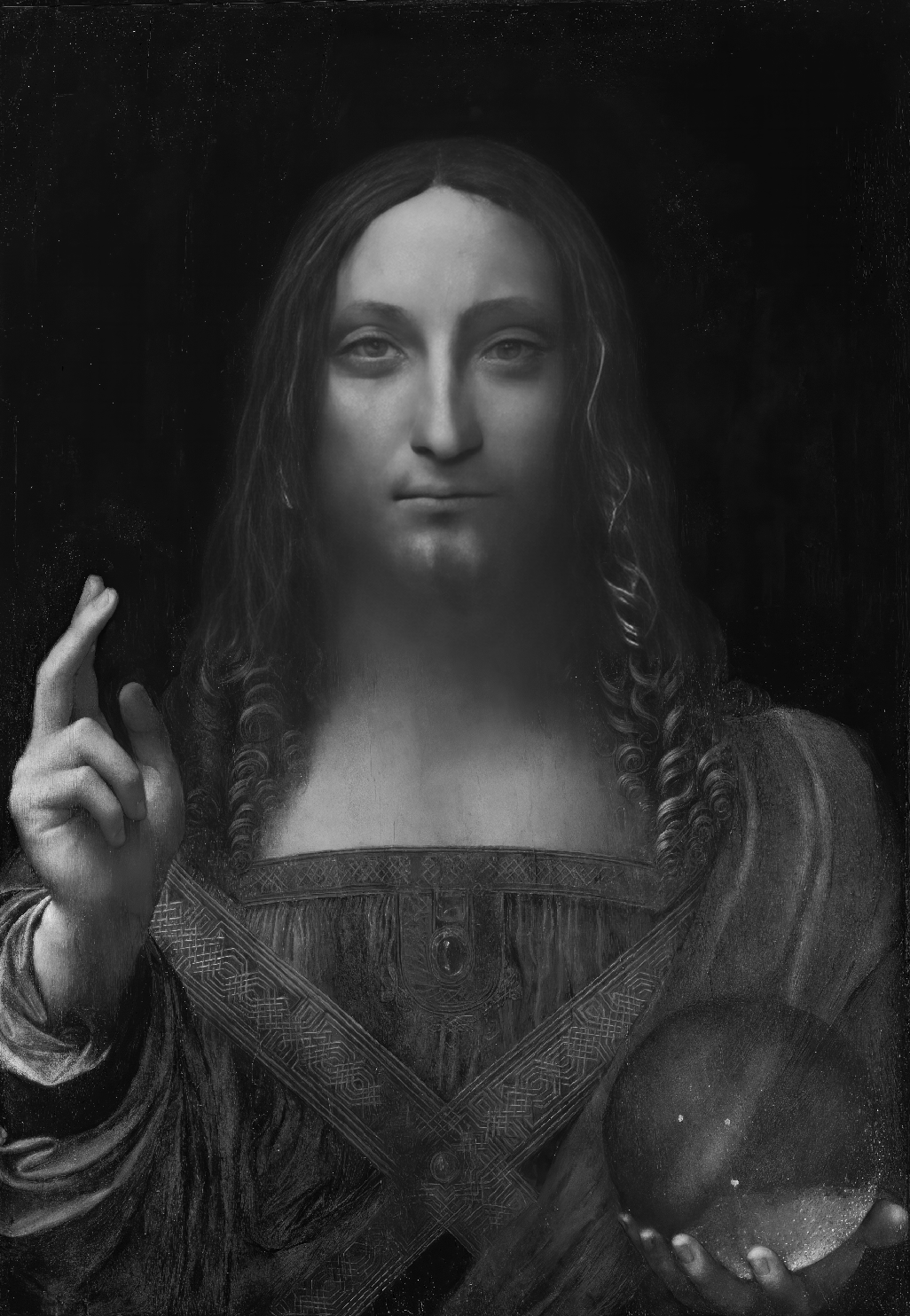Delve into the mystery of "Salvator Mundi," a lost Leonardo da Vinci painting shrouded in controversy, exemplifying the complexities of human perception and our quest for truth.
In the realm of art, appearances can be deceptive. The enigmatic painting, "Salvator Mundi" or "Savior of the World," is no exception. Wrapped in mystery, this lost Leonardo da Vinci painting reemerged under unusual circumstances, stirring up speculation, debate, and fascination. The tale of the "Salvator Mundi" embodies the intricacies of human perception, much like the themes explored in my writings.
The Enigma of Salvation
In 2011, after years of restoration, the "Salvator Mundi" was unveiled, polarizing the art world. Some celebrated it as an authentic work by the Renaissance master, while others deemed it a mere imitation. The debate highlights our innate inclination to craft narratives and pursue truth, even when truth remains elusive.
The "Salvator Mundi" transcends simple categorization. Its journey from anonymity to the global spotlight reflects human complexity and the ever-changing art market. Sold for an astonishing $450 million in 2017, the painting illustrates our desire to own a piece of history, regardless of its uncertain origins.

The Power of Art
Art's allure lies in its ability to transcend boundaries and evoke emotional and intellectual responses. We are captivated by the stories it tells, the emotions it stirs, and the reflections of ourselves we discover within it. Our attraction to art stems from our quest to understand the human experience, seeking meaning and connection in a world that is both vast and deeply personal.
In the case of "Salvator Mundi," the painting represents not only the divine figure of Christ but also the enigmatic genius of Leonardo da Vinci. The potential of this work being created by the master's hand entices collectors, scholars, and enthusiasts to search for evidence confirming its authenticity. This quest represents our pursuit of certainty in an uncertain world, seeking truth amid conjecture.
The controversy surrounding it reveals much about the nature of perception, the fluidity of truth, and the complexities of the human spirit. The painting's origin, whether from Leonardo or one of his followers, becomes almost secondary to the captivating narrative it embodies.
The Magic of Leonardo
Leonardo da Vinci's paintings are exceptional due to a convergence of factors that make his works truly remarkable. His paintings stand out because of his unparalleled technical skill, innovative approach to art, and the intellectual depth that permeates his creations.
- Technical Mastery: Leonardo's exceptional understanding of human anatomy, perspective, and color allowed him to create lifelike paintings. His use of the sfumato technique, evident in the "Mona Lisa," exemplifies his skill.
- Innovation: Leonardo was an inventor and visionary, always pushing artistic boundaries. His exploration of techniques and insatiable curiosity led to groundbreaking achievements, as seen in "The Last Supper."
- Intellectual Depth: Leonardo's paintings are aesthetic masterpieces with a profound intellectual foundation. As a polymath, his interests extended beyond art, enabling him to infuse his works with layers of meaning and symbolism.
The Last Leonardo, the movie
In conclusion, the enigmatic story of the "Salvator Mundi" is emblematic of the complexities and nuances of human perception. The painting's journey, regardless of its authenticity, offers a captivating narrative that underscores the power of art to stir emotions, provoke thought, and unite people across cultures and time.
For those interested in delving deeper into this fascinating tale, I highly recommend watching the documentary "The Last Leonardo." This film provides a comprehensive exploration of the painting's history, the debate surrounding its authenticity, and the broader implications it holds for the world of art and human understanding. As you immerse yourself in the story of the "Salvator Mundi," you may discover new insights into the captivating world of art and the ever-evolving complexities of human perception.




Comments ()